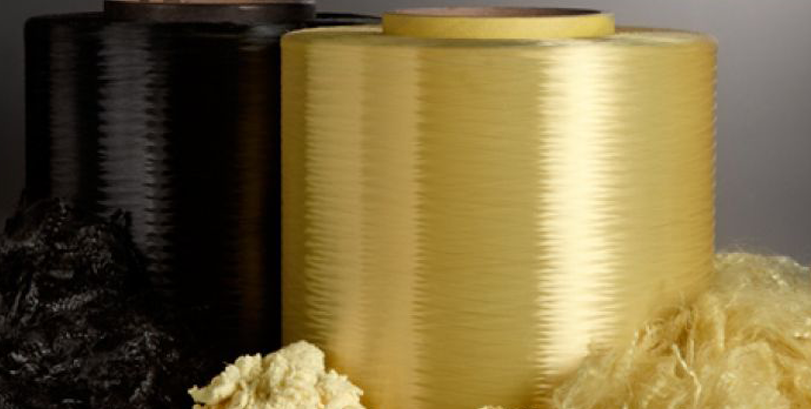Twaron – The Rotor Spinning Process for Fibre Production #SWI2004
At Teijin Twaron in Arnhem new ways of producing fibres are being developed. One of the interesting new techniques is “The Rotor Spinning Process”.
In principle, this process looks a lot like the making of sugar floss (or cotton candy) at the carnival/fair. Here, however, we deal with a polymer-filled disc with tiny holes. The polymer is pressed, due to the centrifugal forces, through the holes to the outside. The process is already in operation at the company; At Teijin Twaron there is also a pilot machine in which variations in process and geometry can be tested.
The liquid polymer solidifies and becomes a thin filament on the exterior boundary of the machine. The purpose of the work during the week “Math with Industry” with the mathematicians is to verify an existing model on the basis of a momentum equation and mass balances and if possible to improve the model.
A first-order approximation of the path the filament makes (without modeling air friction) in the space between the disc and exterior boundary of the machine exists already. Also a description of the path in which water cooling and air friction are available. However, the model can be improved; certain states of the rotor spin process should be approximated in a better way.
The purpose of the modeling in some more detail reads:
1) Try to determine the situation (process and geometry) in which a continuous filament can be generated. Breaking of filaments may cause problems in the use of the material if the length of the filament is below a critical length.
2) Try to determine the circumstances (process and geometry) in which the length of a broken filament can be determined beforehand. In this case, fibres can, in principle, be produced.
3) Determine the effect of the temperature, rotor speed, etc. in the present operating situation in order to achieve a robust production process.

